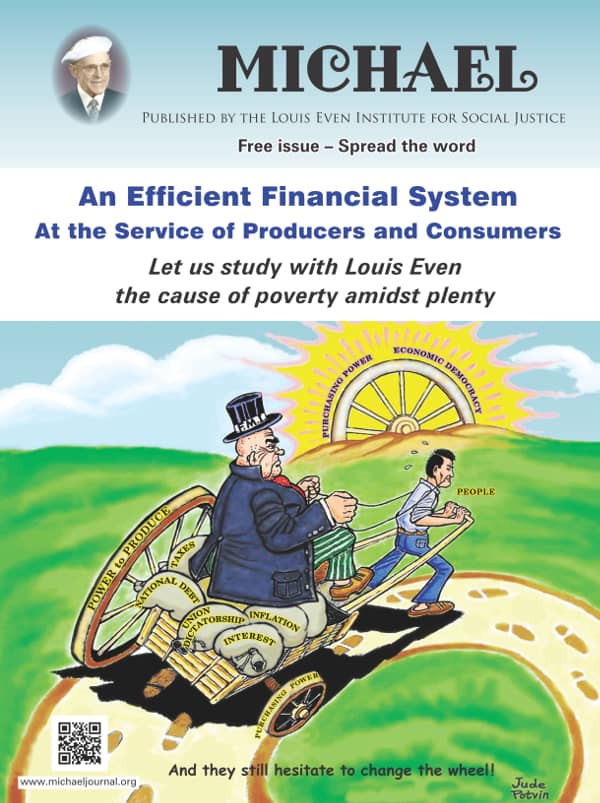There is a beautiful sanctuary in Spain that is home to the miraculous image of the Mother of God under the title of The Virgin of Guadalupe. In the Moorish language, the word guadalupe means "river of light, river of love" and is the name of the river next to which this image was discovered.
Tradition relates that St. Luke, the evangelist, carved the statue in the early years of the Church. It later came into the possession of Pope St. Gregory the Great who, in turn, gave it as a gift to St. Leander, Bishop of Seville. When the Moors took Seville in the year 711, the statue was buried in a cave in the hills of Extremadura, Spain, near the Guadalupe River, to hide it from the enemy.
It was not until 1326, that a humble cow herder, Gil Cordero, rediscovered the statue of Our Lady when he had gone in search of a stray cow. He unexpectedly came upon a cave in the hills, which he had never noticed before. Gil recounts, "Suddenly the Virgin Mary appeared and instructed me to go to the local priest and to the people, and to tell them that it was her wish that they should come. If they would remove the stones that obstructed the cave, and then dig inside the cave, they would find her image. She wanted a chapel to be erected on this spot, and in time, she would make of the shrine a center of her heavenly power and protection."
Gil did as the Blessed Mother had asked, and in the cave they found a perfectly preserved statue, along with documents that gave the date of the statue's concealment, which was more than six hundred years before!
A sanctuary to enshrine the image of the Virgin, under the title of Our Lady of Guadalupe, was soon erected on the site of the vision, and later a monastery was also built. It was to this shrine that Queen Isabella of Spain came to pray in 1492 to ask for guidance from the Virgin, and it was here that she was inspired to finance the expedition of the young navigator, Christopher Columbus. Soon afterwards, in this monastery, she and King Ferdinand of Spain signed the documents that authorized Columbus' voyage to the New World.
Before embarking on his expedition, Christopher Columbus also came to this sanctuary to pray to the Virgin of Guadalupe to ask for her special protection for him and for the men who would be accompanying him. For the voyage, he brought a statue of the Virgin of Guadalupe, and even renamed his mother ship the Santa Maria, or Holy Mary, in honor of the Virgin of this shrine. Upon his return to Spain, Columbus brought natives from the new land, and it was at the spring of the sanctuary of Our Lady of Guadalupe in Estremadura that they were baptized into the Catholic Faith, making them the very first converts to Christianity from the New World. Our Blessed Mother of Estremadura was surely looking out for these men as they sailed bravely into the unknown, for she had her own special plans for the people of this New World.
Our history books tell us, and it would seem that it is no coincidence, that the names of the other two ships on which Columbus and his men sailed when they discovered America were the Pinta and the Niña. The word pinta is actually a derivative of the Spanish verb, pintar, which means "to paint," and the word niña, is Spanish for "young girl." If we were to put these three words together—Pinta, Niña and Santa Maria—we can literally read, "To paint the young girl, Holy Mary." Is it possible that the Mother of God wished to prefigure her own appearance to Juan Diego in 1531, only forty-nine years later?
An interesting fact: when the Blessed Mother appeared to Juan Diego on the hills of Tepeyac, outside of Mexico City, she not only "painted" her own image on his tilma, but she also revealed her desire to be known under the title of Santa Maria Te-coa-tla-xope (pronounced phonetically "te-quat-lashupe"). In the Aztec language, Coa, signifies "serpent," while tla is the noun ending, which can be interpreted as "the" and xopeuh, means "to crush or stamp out." The literal translation would be "Holy Mary, who crushes the serpent."
When Santa Maria Te-coa-tla-xope was reported to the Spaniards, they heard it as "de Guadalupe", and recognized it as the devotion to the Blessed Mother, Our Lady of Guadalupe of Estremadura, with which they were already familiar in Spain. As a result, the image on the tilma also became known as Our Lady of Guadalupe, and this title has remained for over four centuries, converting millions to the one, true Faith. With Heaven, there is never coincidence; everything is dictated by Divine Providence.
 In this special issue of the journal, MICHAEL, the reader will discover who are the true rulers of the world. We discuss that the current monetary system is a mechanism to control populations. The reader will come to understand that "crises" are created and that when governments attempt to get out of the grip of financial tyranny wars are waged.
In this special issue of the journal, MICHAEL, the reader will discover who are the true rulers of the world. We discuss that the current monetary system is a mechanism to control populations. The reader will come to understand that "crises" are created and that when governments attempt to get out of the grip of financial tyranny wars are waged. An Efficient Financial System, written by Louis Even, is for the reader who has some understanding of the Douglas Social Credit monetary reform principles. Technical aspects and applications are discussed in short chapters dedicated to the three propositions, how equilibrium between prices and purchasing power can be achieved, the financing of private and public production, how a Social Dividend would be financed, and, finally, what would become of taxes under a Douglas Social Credit economy. Study this publication to better grasp the practical application of Douglas' work.
An Efficient Financial System, written by Louis Even, is for the reader who has some understanding of the Douglas Social Credit monetary reform principles. Technical aspects and applications are discussed in short chapters dedicated to the three propositions, how equilibrium between prices and purchasing power can be achieved, the financing of private and public production, how a Social Dividend would be financed, and, finally, what would become of taxes under a Douglas Social Credit economy. Study this publication to better grasp the practical application of Douglas' work.  Reflections of African bishops and priests after our weeks of study in Rougemont, Canada, on Economic Democracy, 2008-2018
Reflections of African bishops and priests after our weeks of study in Rougemont, Canada, on Economic Democracy, 2008-2018 The Social Dividend is one of three principles that comprise the Social Credit monetary reform which is the topic of this booklet. The Social Dividend is an income granted to each citizen from cradle to grave, with- out condition, regardless of employment status.
The Social Dividend is one of three principles that comprise the Social Credit monetary reform which is the topic of this booklet. The Social Dividend is an income granted to each citizen from cradle to grave, with- out condition, regardless of employment status.Rougemont Quebec Monthly Meetings
Every 4th Sunday of every month, a monthly meeting is held in Rougemont.
Comments (2)
Vilma
Best wishes!
VC
reply
Peter Shafton
Thank you, and may God bless you.
reply